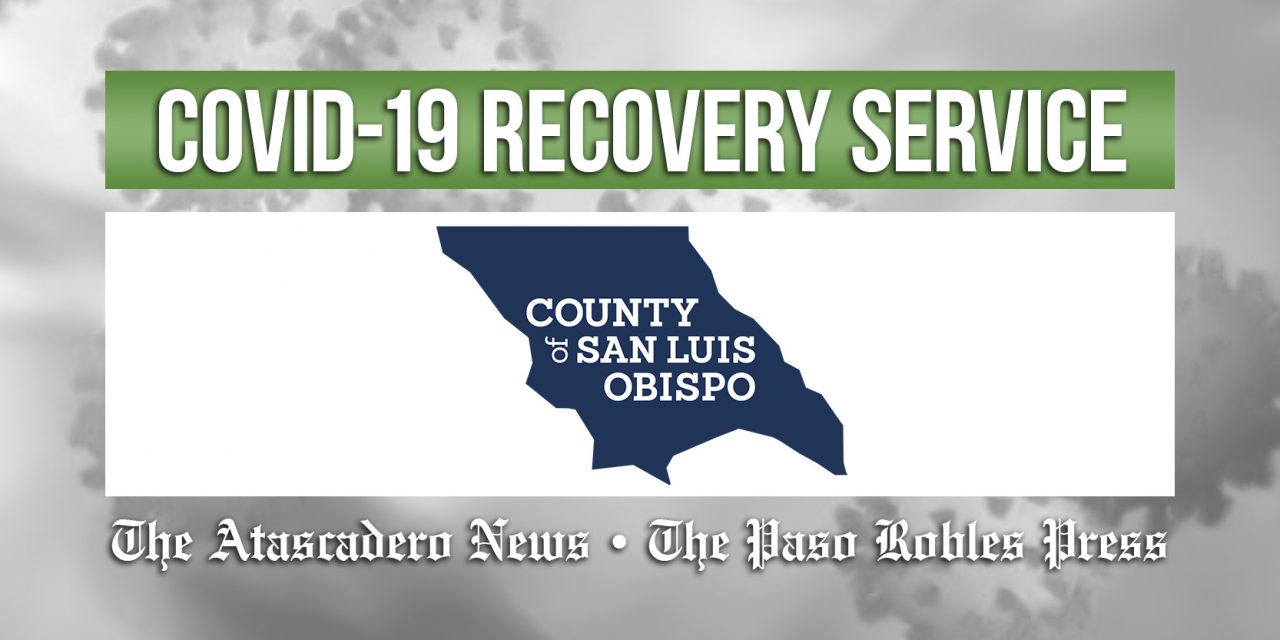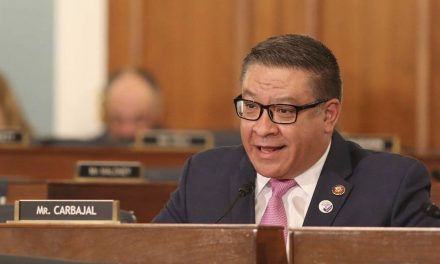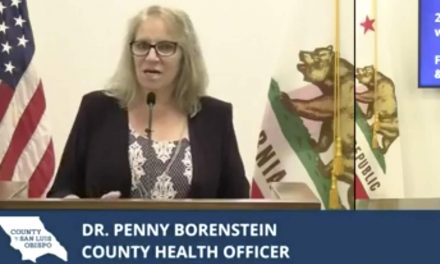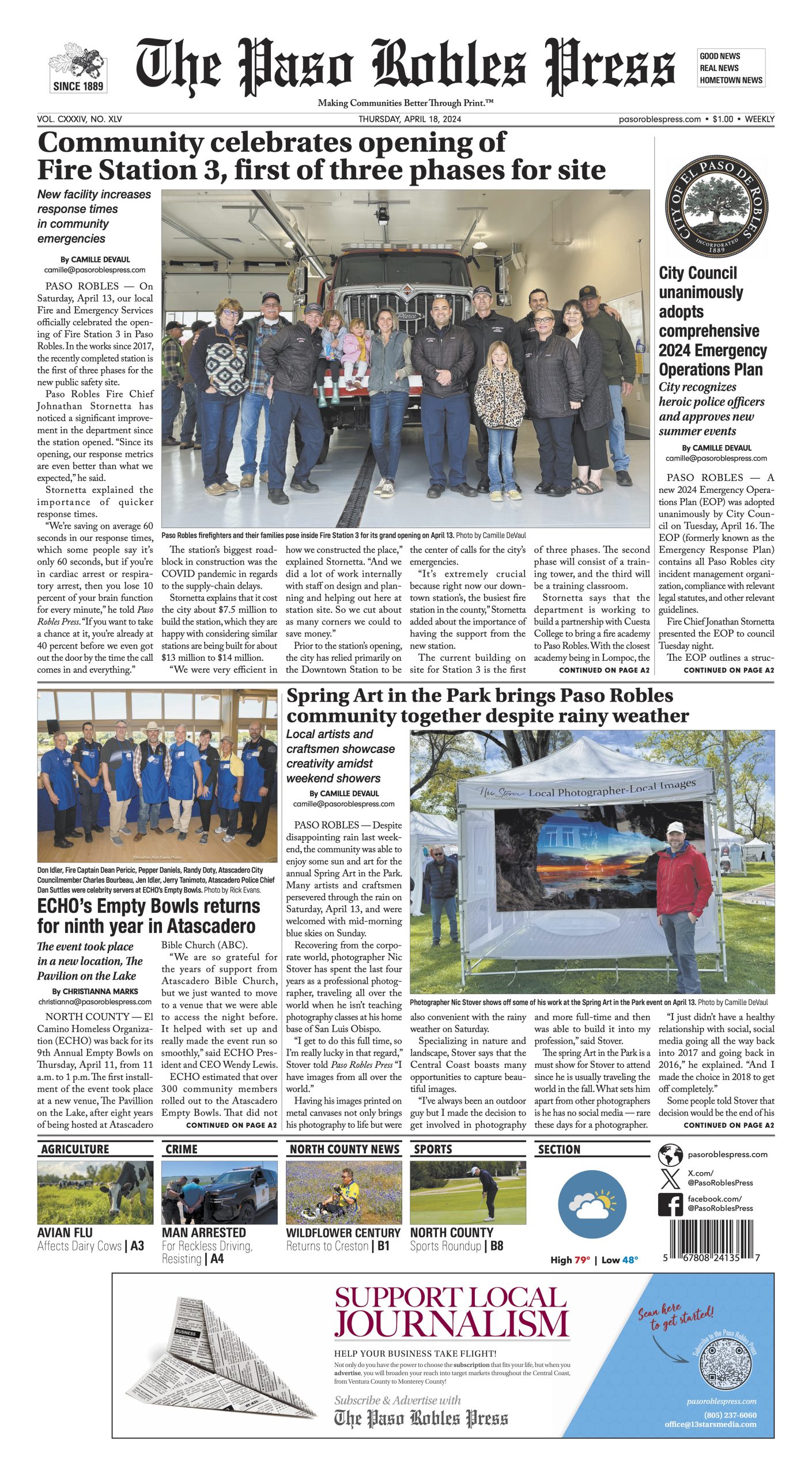Coordinated modesty and observation of safety measures mark SLO County’s COVID-19 response
In the effort to “flatten the curve,” the residents of San Luis Obispo County participated in a voluntary lockdown called “shelter-at-home” for three weeks. The lockdown is ordered by San Luis Obispo County, but enforcement of an uncooperative community would strain law enforcement resources and a public health and safety system already in dire straits.
The lockdown impacts resident and businesses working to keep their wits about them, hopes high, businesses going, and their households and homes intact. The internal and external pressures have spawned a few light-hearted activities (like a virtual egg hunt and sky-writing happy faces), and test the limits of patience for many.
The Paso Robles Press and The Atascadero News together recognize the tremendous effort by the residents of SLO County, and the residents of North SLO County, for taking decisive and deliberate action to prevent the spread of COVID-19 while the healthcare community develops a plan of action to protect and serve the community as we begin our socio-economic recovery.
In the past three days, there have been two confirmed cases of COVID-19 in SLO County. That positive news is tempered by the fact that the county suffered its first coronavirus-related death.
The contrast in the statistics highlights the positive outcome of the communal safeguards that were observed in a coordinated response, and the harsh reality that COVID-19 can hospitalize its victims and take lives.
As usual, SLO County is a sanctuary — not for the wealthy, but for the modest. SLO County has survived and thrived with neighbors helping neighbors, and now battling coronavirus with a coordinated effort against an invisible enemy.
SLO County Officers Report
On Monday, April 6, the county reported its thrice-weekly update with County Administrative Officer Wade Horton and County Health Officer Penny Borenstein delivering reports along with colleagues.
Horton began with condolences for the first death in SLO County.
“Our community grieves the loss of one of our neighbors in North County,” Horton said. “It was the first patient here [SLO County] to succumb to the disease. This death is a stark reminder of why we are staying home. We need to protect the most vulnerable among us. These past few weeks are hard. People are giving up a lot right now. Thank you for doing what is right.”
The community, not just in SLO County, but all over the United States, is giving up a lot right now. Citizens around the country are sacrificing business-as-usual, prosperity, and income to protect the aged, and those with underlying conditions. As COVID-19 ravages communities across the world, information is also spread. Information about how the disease impacts most people is supplemented by information about how it affects some people — those who don’t have known underlying conditions or who don’t fit the basic profile of the “most vulnerable.”
Insufficient information and hasty conclusions have kept people — including health officials and experts — jumping from outlook to outlook, as answers are sought. Meanwhile, supply chains and livelihoods suffer the disruption that COVID-19 has wreaked on the world.
Going to the store for toilet paper is a socio-economic-health issue, no longer just an inconvenient chore — if it can be obtained at all. Informal public-private partnerships were spawned of necessity as the County and local businesses work together to get needs met for a disrupted community.
“For those of you at home who are worried about the basic necessities, there is help,” Horton said. “Please visit our virtual local assistance center on readyslo.org to connect with resources that will help you get food on the table and pay your utility bills.”
The assistance is a stop-gap to the bigger health issue, which efforts to slow the spread of COVID-19 have proved results. However, those results are questionable as factors such as testing backlogs or technical difficulties cloud the reporting.
“One of the reasons we think that is the case [drop in confirmed cases] is that we are not seeing as much testing as we would like,” Borenstein said. “We continue to test in the public health laboratory at about the same rate we have, and we believe our private labs are testing quite a bit.”
Borenstein said that Santa Barbara and Monterey counties are testing at about the same rate as SLO County, and that testing in the county is available to anyone who might need it. The parameters for testing have shifted, and as more tests are made available, the spectrum of symptoms that deserve testing have broadened, although Borenstein said the public perception of test availability may also be shifting.
“We think the public has ceased trying to get a test because early on there were not enough tests,” Borenstein said. “We believe that anyone in this county who wants to get a test now can, if they go to the right place.”
In the past week, information about the symptoms and methods of transmission have changed so that facial covering is recommended for all public interaction, nationwide. The County’s expanded capacity to test, coupled with an expanded list of symptoms has put the County in a position to beg for testing.
“People who have any manner of this constellation of symptoms,” Borenstein said, “be it fever or not, low grade fever, cough, sore throat, runny nose, body aches, chills, tiredness, any constitution like that, with or without diarrhea can present to their primary care physician and get tested.”
Testing can be done at the County Health laboratory or at private labs around California. Governor Newsom proclaimed his failure in providing Californians with adequate test results over the course of the past few weeks, and promised to improve. In a few days, the backlog fell from 59,900 to 15,000 as 44,900 tests were done in keeping with that promise.
During that period of testing, California as a whole saw an increase in positive tests at a rate of 35 percent, to 15,161 cases— while San Luis Obispo County saw only two new cases.
SLO County Testing Capacity Increases
County calls on community to seek testing for even mild symptoms
As local COVID-19 testing capacity has increased, the County of San Luis Obispo Public Health Department urges residents to seek testing if they experience even mild symptoms of Coronavirus Disease 2019 (COVID-19).
The number of confirmed cases in SLO County has slowed in recent days. Health officials believe this is due in part to individuals experiencing symptoms of COVID-19 yet have not been tested.
“We think there is more COVID-19 in our community than the numbers are showing,” said Dr. Penny Borenstein, San Luis Obispo County Health Officer. “When more people get tested, we will have a better understanding of where and how this disease is spreading here in SLO County—and that will help us target efforts to protect the community from further spread.”
Increased testing will provide a more accurate picture of COVID-19 cases in SLO County and the support needed to reduce its spread. Increased testing will not change the need to maintain physical distancing to limit the spread of disease.
Symptoms of COVID-19 include fever, cough and shortness of breath. Less common symptoms include fatigue, body aches, chills, sore throat, and may include runny nose or diarrhea. Older adults and individuals with underlying medical conditions are particularly vulnerable to COVID-19.
For testing, call your health care provider. If you do not have a health care provider, call your local urgent care center. Visit ReadySLO.org for a list of local testing sites. There is no charge for COVID-19 testing.
The Public Health Department no longer requires healthcare providers to screen for other illnesses, such as the flu, and can now test any resident with symptoms of the virus.
Residents should stay home except to carry out essential business or seek health care and should maintain a distance of at least six (6) feet from others outside their household. If you are experiencing COVID-19 symptoms and have
trouble getting tested, call the Public Health Department at 805-781-5500.
For updates on COVID-19 in SLO County, visit ReadySLO.org or call the recorded Public Health Information Line at (805) 788-2903. A staffed phone assistance center at (805) 543-2444 is available seven (7) days a week from 8 a.m. to 5 p.m. for questions related to COVID-19. To report a business violating the Shelter at Home order, call (805) 788-2222.













